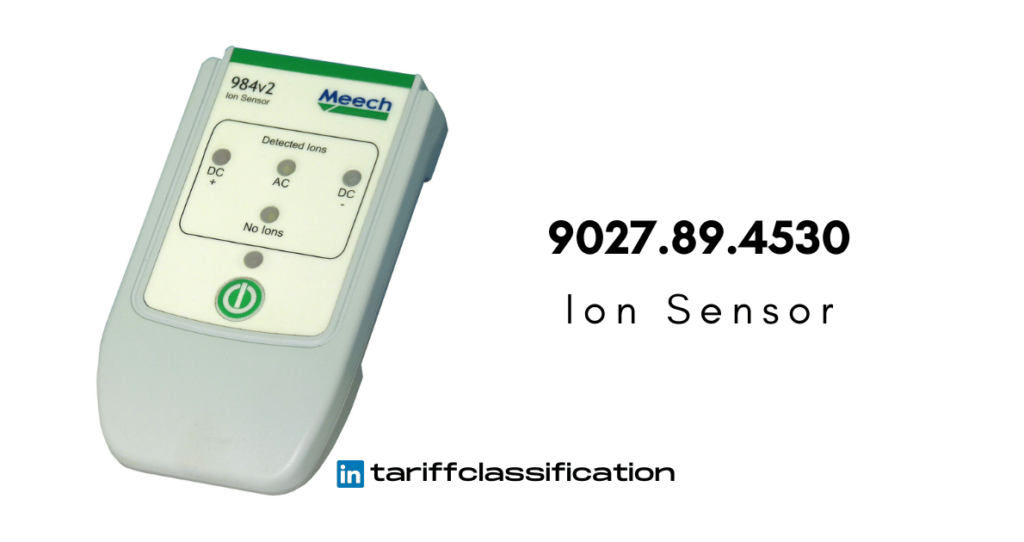The Commodity
The Ion Sensor is a versatile and easy-to-use device for testing the performance of AC and DC powered static eliminator bars. It provides accurate measurements of ion balance, ion current, and other performance parameters. With the Ion Sensor, users can quickly determine if the static eliminator bar is working properly, and any weak points in its performance can be quickly identified. The Ion Sensor is a handheld device that can measure the ion balance and ion current of a static eliminator bar. It can also measure the frequency of the bar’s output, and it can identify any signs of leakage or other failure. The device is easy to use and requires minimal setup. Users simply attach the sensor to the bar and then plug it into a power source.
How does it works?
The Ion Sensor is ideal for a variety of applications, including industrial settings, medical centers, and laboratories. It can be used to test the performance of static eliminator bars in any environment and can detect any problems with their performance. The device is also useful for determining the optimal settings for a particular application.
The indicator lights on the ion sensor light up when they detect the presence of ions in the air. Depending on the type of power source, such as DC power, the indicator lights can also determine the polarity of the ions. This helps to monitor the efficiency of the bars and maintenance work that may be required. For example, if the indicator lights remain lit for a long time, it may indicate that the bars require cleaning or other maintenance work. By regularly monitoring the installation with the ion sensor, the efficiency and performance of the bars can be maintained at optimal levels.
Tariff Classification
The Ion Sensor is an advanced device designed to measure the performance of both AC and DC powered static eliminators. It is a practical tool used in the electronics industry to measure the effectiveness of these static eliminators in removing static charges from objects. The Ion Sensor can also be used to check the performance of other static eliminator bars classified under the subheading 9027.89.4530.
Law and Analysis
General Rule 1 states that goods shall be classified according to the terms of the headings and any relative section or chapter notes. In the absence of special instructions, the goods are to be classified according to the General Rules for the Interpretation of the Harmonized System. This means that goods are to be classified based on the words in the headings, section notes, and chapter notes, as well as any applicable CN code wording.
General Rule 6 states that when goods cannot be classified under a single heading, the goods should be classified under the heading that occurs last in numerical sequence among those which equally merit consideration. In other words, goods should be classified under the last possible position, which is the membrane. If the goods cannot be classified according to the headings and chapter notes, then the goods should be classified under the heading that occurs last in numerical sequence.
The exclusion NESh (q) of heading 9018 refers to laboratory apparatus for the examination of blood and should be classified under heading 9027. Additionally, the packaging and containers of the goods presented with them are to be classified with the goods when they are of the type normally sold with them, as per General Rule 5 b).
Ref. eBTI # FRBTIFR-BTI-2022-01303
